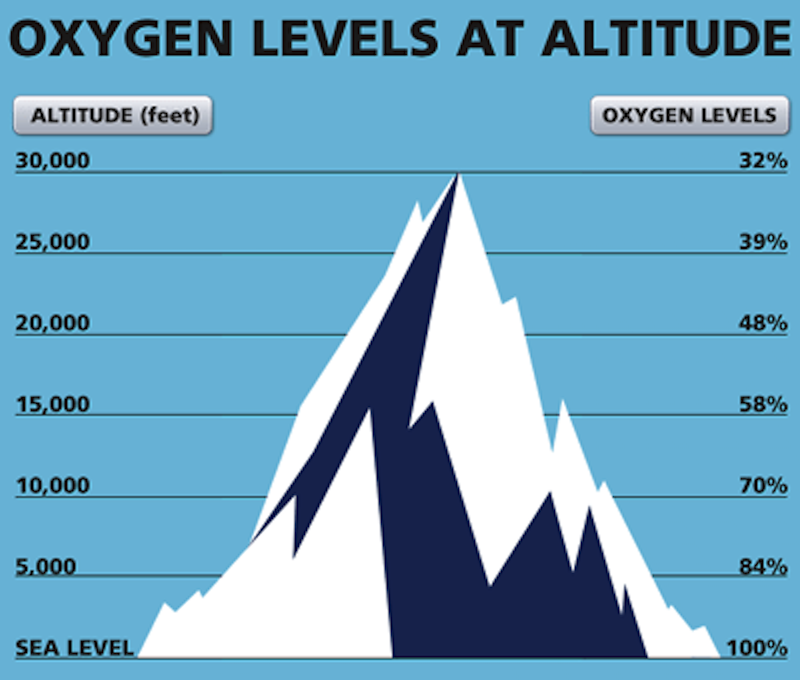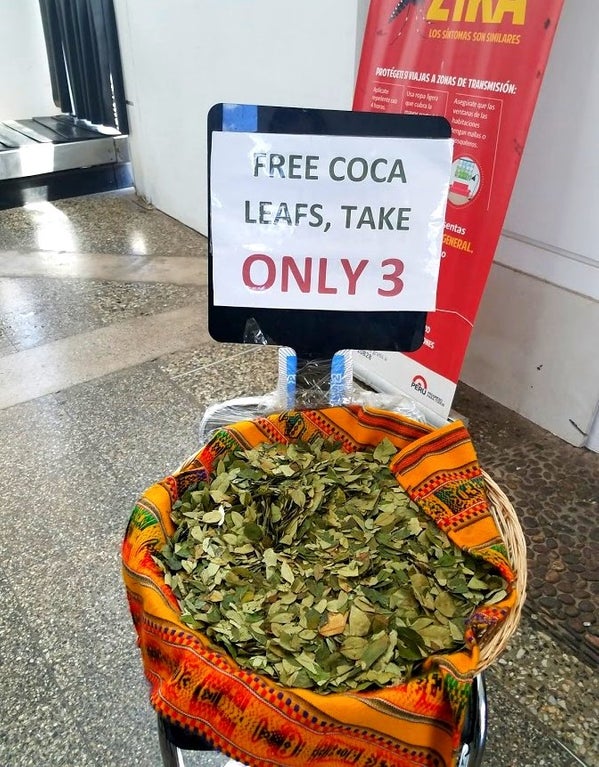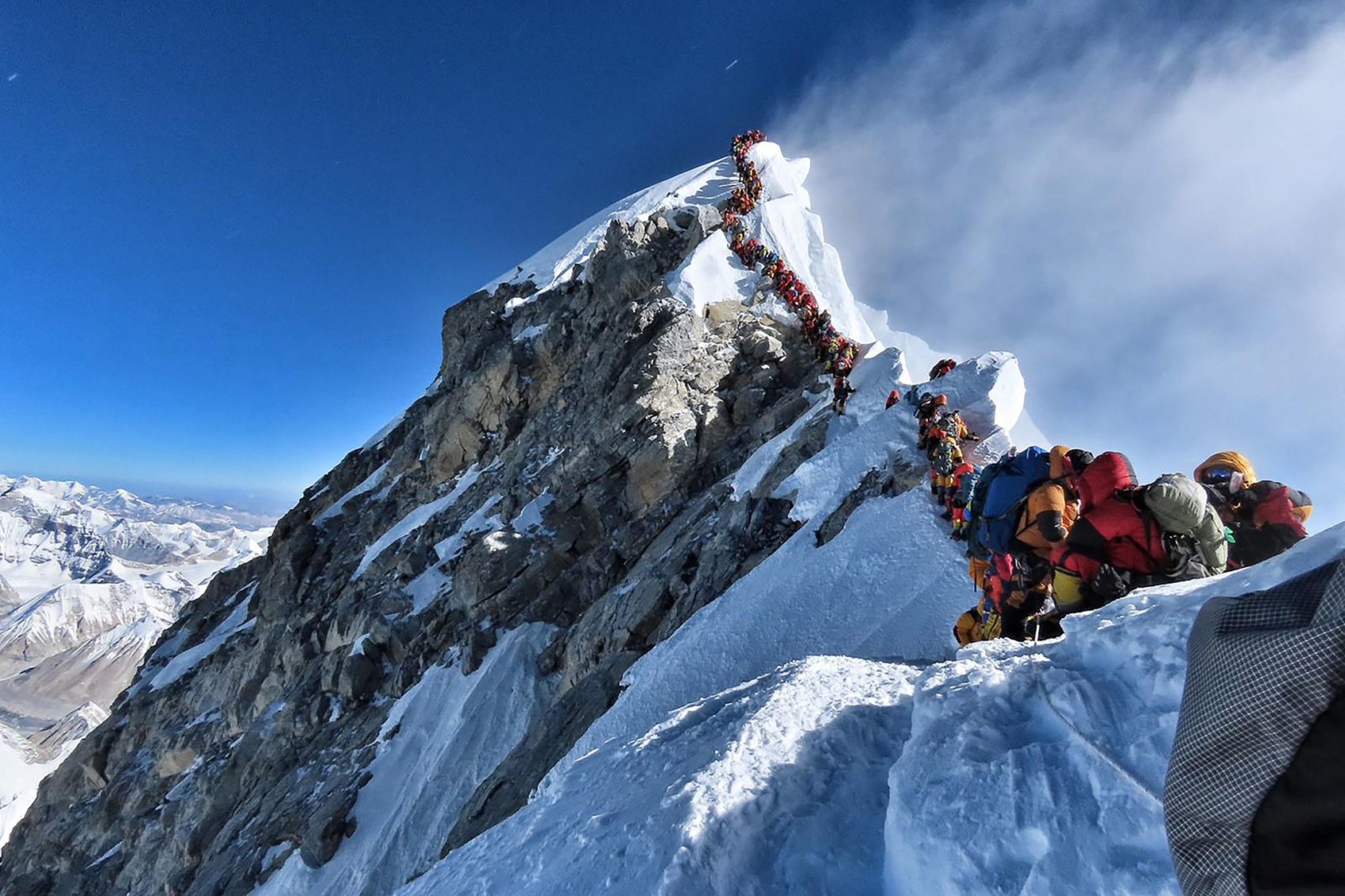
High Altitude Pulmonary Edema (HAPE): a high altitude killer and a mountaineer’s worst nightmare. A build-up of fluid in the lungs from the extreme lack of oxygen at higher elevations can be deadly. This condition is never a surprise, in fact before HAPE occurs people usually get a condition called Acute Mountain Sickness (AMS). This is the mildest form of altitude sickness, and there is no exact set of symptoms, so the condition can be shrugged off as other ailments.
WebMD describes AMS as presenting with an array of symptoms including headache, loss of appetite, trouble sleeping, muscle aches, nausea, and dizziness resulting from decreased oxygen at higher elevations. At this point, symptoms will subside if you begin a gradual descent. However, in the heat of the moment and tunnel vision of wanting to conquer the mountain, these minor symptoms can easily be dismissed. If AMS is ignored, it can quickly lead to more severe symptoms of HAPE. Fluid buildup in the lungs can lead to coughing, tightening of the chest, wheezing, and coughing up phlegm. These symptoms are harder to ignore and often require medical attention and an immediate descent.
The most common tactics used to avoid the onset of altitude sickness is medication to aid in acclimatization, supplemental oxygen, and leapfrogging between higher and lower elevations on longer climbs (briefly exposing the body to higher altitudes, then sleeping at a lower one, is a commonly used strategy). Many groups native to higher elevations have local remedies, including:
- Coca leaves in the Andes
- Fresh garlic soup in the Himalayas
- Local bananas in Mexico City

These remedies are not definite and the only proven cure is descending to lower elevations.
The reason that HAPE is the #1 killer at altitude is that climbers ignore the symptoms. After investing tens of thousands of dollars in an expedition, and with the summit in sight, it is hard to make the decision to turn back. Put yourself in the shoes of the photographer below: after investing up to $60,000, spending months acclimatizing and waiting for the perfect weather, and with the summit so close,
Could you make the decision to turn back with the onset of symptoms and dwindling oxygen supplies?

To accept defeat is not the worst of failures. Acclimation is KEY to safe high altitude climbing. Stay safe everybody and don’t ignore the signs.